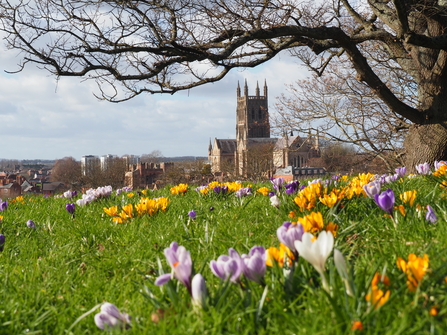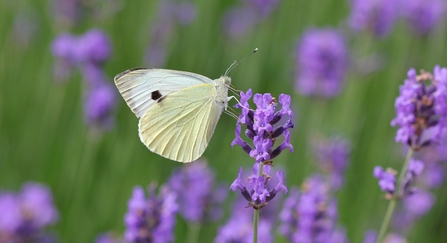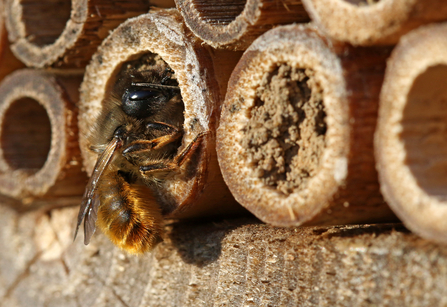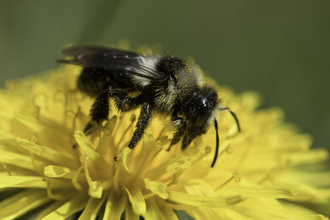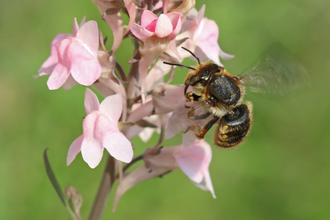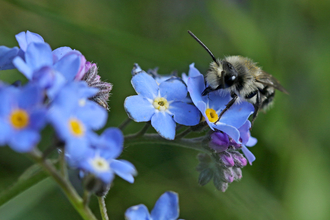Bees are crucial pollinators in the UK, helping to provide many of the fruits and vegetables we eat and pollinating many of the wildflowers and garden plants we love. As summer draws to a close and autumn creeps in, most of the bee species in the UK will have now completed their life cycles: emerging from hibernation, searching for the perfect nest, egg laying, raising their young (in the case of social bees) and finally mating.
For bees and other pollinating insects, it’s essential to have pollinator pit-stops – plants to feed on so that they can keep going and carry out their life cycle. Bees need to feed on thousands of plants each day and many species cannot go longer than 40 minutes without feeding on nectar.


